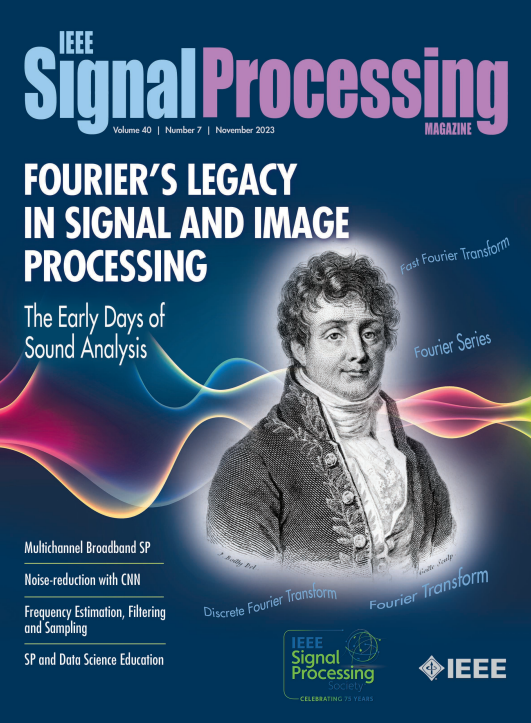Spatial Frequencies and Degrees of Freedom: Their roles in near-field communications
IF 9.6
1区 工程技术
Q1 ENGINEERING, ELECTRICAL & ELECTRONIC
引用次数: 0
Abstract
As wireless technology begins to utilize physically larger arrays and/or higher frequencies, the transmitter and receiver will reside in each other’s radiative near field. This fact gives rise to unusual propagation phenomena, such as spherical wavefronts and beam focusing, creating the impression that new spatial dimensions—called空间频率和自由度:它们在近场通信中的作用
随着无线技术开始使用更大的物理阵列和/或更高的频率,发射器和接收器将位于彼此的辐射近场中。这一事实导致了不寻常的传播现象,如球形波面和光束聚焦,给人的印象是可以在近场利用新的空间维度,即所谓的自由度(DOF)。然而,这是一种谬论,因为理论上的最大自由度已经可以在远场实现。空间频率是无线信道的基本组成部分,本文通过对空间频率的教程,以及解释空间频率在表征近场和远场自由度中的作用,揭示了这些问题。特别是,我们演示了一条传播路径如何在远场利用一个空间频率,在近场利用一个空间频率间隔。我们解释了阵列的几何形状如何决定可区分的空间频率区的数量,从而决定空间 DOF。我们还介绍了如何对近场多径信道及其空间相关矩阵进行建模。最后,我们讨论了该领域的研究挑战和未来方向。
本文章由计算机程序翻译,如有差异,请以英文原文为准。
求助全文
约1分钟内获得全文
求助全文
来源期刊

IEEE Signal Processing Magazine
工程技术-工程:电子与电气
CiteScore
27.20
自引率
0.70%
发文量
123
审稿时长
6-12 weeks
期刊介绍:
EEE Signal Processing Magazine is a publication that focuses on signal processing research and applications. It publishes tutorial-style articles, columns, and forums that cover a wide range of topics related to signal processing. The magazine aims to provide the research, educational, and professional communities with the latest technical developments, issues, and events in the field. It serves as the main communication platform for the society, addressing important matters that concern all members.
 求助内容:
求助内容: 应助结果提醒方式:
应助结果提醒方式:


